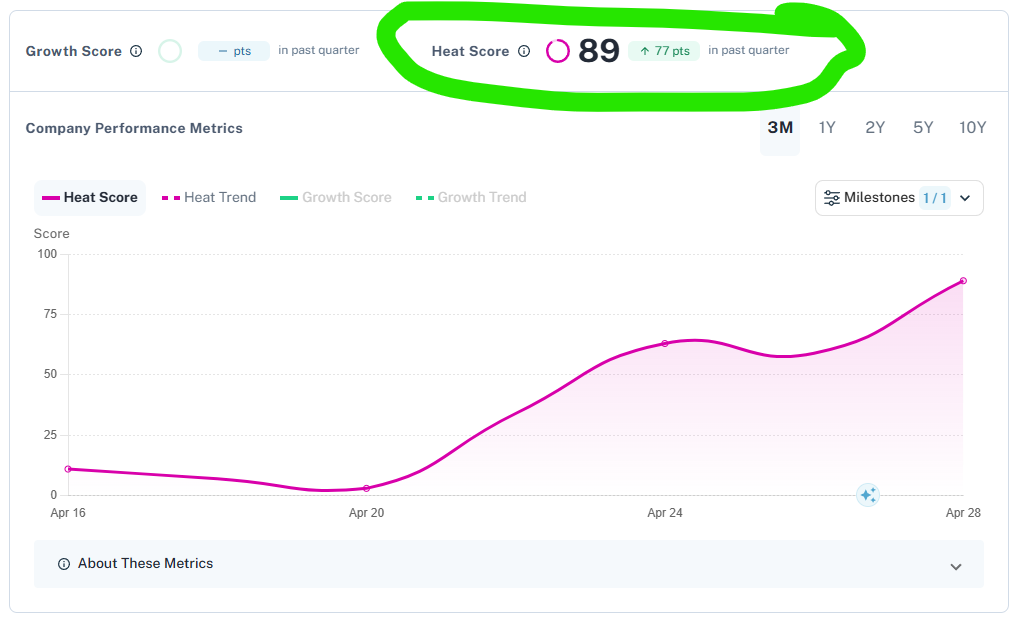In today’s hyper-competitive marketing landscape, understanding your audience isn’t just beneficial; it’s essential for survival. Generic marketing campaigns are relics of the past. To truly connect with customers and drive meaningful results, marketers need to speak directly to their individual needs and preferences. That’s where audience segmentation software comes into play. But with a plethora of options available, choosing the right platform can feel overwhelming. This article delves into the world of audience segmentation tools, comparing their capabilities to help you determine which platform delivers the most granular audience insights.
What is Audience Segmentation and Why Does it Matter?
Audience segmentation involves dividing your target market into distinct groups based on shared characteristics. These characteristics can range from basic demographics to complex behavioral patterns and psychological profiles. Effective segmentation allows you to:
- Personalize marketing messages: Tailor your content and offers to resonate with specific audience segments.
- Improve campaign performance: Increase engagement and conversion rates by targeting the right people with the right message.
- Optimize marketing spend: Allocate resources more efficiently by focusing on segments with the highest potential ROI.
- Enhance customer experience: Provide relevant and valuable interactions, leading to greater customer satisfaction and loyalty.
Key Segmentation Criteria: A Deep Dive
The effectiveness of segmentation software hinges on its ability to leverage various data points. Here’s a look at the key criteria:
Demographics
This is the most basic form of segmentation, focusing on characteristics like age, gender, location, income, education, and occupation. While readily available, demographic data alone provides a limited view of your audience.
Behavioral Data
This data explores how customers interact with your brand and products. Key behavioral metrics include website activity, purchase history, product usage, email engagement, and social media interactions. Behavioral segmentation provides valuable insights into customer preferences and buying habits.
Psychographics
This delves into the psychological aspects of your audience, including their values, interests, lifestyle, personality traits, and opinions. Psychographic data helps you understand the “why” behind customer behavior and craft more compelling messaging.
Purchase History
Analyzing past purchases reveals valuable information about customer preferences, buying frequency, average order value, and preferred product categories. This allows you to create targeted promotions and cross-selling opportunities.
Comparing Popular Segmentation Platforms
Let’s examine some leading segmentation platforms and evaluate their strengths and weaknesses:
Platform 1: [Example Platform Name – e.g., HubSpot Marketing Hub]
[Replace with detailed information about the platform]
- Data Sources: [e.g., CRM data, website tracking, social media integrations, form submissions]
- Segmentation Capabilities: [e.g., Offers advanced behavioral segmentation based on website activity and email engagement. Limited psychographic segmentation.]
- Integration Capabilities: [e.g., Seamless integration with other HubSpot tools. Integrations with popular CRM and marketing platforms.]
- Reporting Features: [e.g., Provides detailed reports on segment performance, including engagement metrics and conversion rates.]
- Pros: [e.g., User-friendly interface, strong integration with other HubSpot tools, powerful automation features.]
- Cons: [e.g., Can be expensive for smaller businesses, limited psychographic segmentation capabilities.]
Platform 2: [Example Platform Name – e.g., Adobe Audience Manager]
[Replace with detailed information about the platform]
- Data Sources: [e.g., First-party data, third-party data, offline data sources]
- Segmentation Capabilities: [e.g., Offers highly granular segmentation based on a wide range of data sources. Strong emphasis on data privacy and security.]
- Integration Capabilities: [e.g., Integrates with other Adobe Experience Cloud solutions. Open API for custom integrations.]
- Reporting Features: [e.g., Provides advanced analytics and reporting features, including audience overlap analysis and predictive modeling.]
- Pros: [e.g., Robust data management capabilities, highly scalable, advanced analytics features.]
- Cons: [e.g., Complex setup and configuration, requires technical expertise, high cost.]
Platform 3: [Example Platform Name – e.g., Segment]
[Replace with detailed information about the platform]
- Data Sources: [e.g., Website, mobile app, email, CRM, and other marketing tools.]
- Segmentation Capabilities: [e.g., Focuses on collecting and unifying customer data from various sources to enable real-time segmentation.]
- Integration Capabilities: [e.g., Connects to hundreds of marketing and analytics tools.]
- Reporting Features: [e.g., Provides data governance and compliance features. Offers basic reporting functionalities.]
- Pros: [e.g., Centralized data management, extensive integrations, ease of use.]
- Cons: [e.g., Reporting capabilities are less comprehensive than dedicated analytics platforms.]
Note: This is a sample comparison. The specific features and capabilities of each platform may vary depending on the pricing plan and configuration.
Data Sources: The Foundation of Effective Segmentation
The accuracy and depth of your segmentation efforts depend heavily on the quality and breadth of your data sources. Consider the following:
- First-Party Data: Data collected directly from your customers (e.g., website activity, purchase history, CRM data). This is the most valuable and reliable data source.
- Second-Party Data: Data shared by a trusted partner (e.g., a co-marketing partner).
- Third-Party Data: Data purchased from external providers. While readily available, third-party data may be less accurate and reliable than first-party data. Be mindful of privacy regulations when using third-party data.
Integration is Key
Seamless integration with your existing marketing and sales tools is crucial. Ensure that your chosen segmentation platform integrates with your CRM, email marketing platform, social media management tools, and analytics platforms.
Reporting and Analytics: Measuring the Impact of Segmentation
The ability to track and analyze the performance of your segments is essential for optimizing your marketing efforts. Look for platforms that provide detailed reports on key metrics, such as:
- Engagement rates (e.g., email open rates, click-through rates)
- Conversion rates
- Customer lifetime value
- Return on investment (ROI)
Conclusion: Choosing the Right Segmentation Solution
Selecting the right audience segmentation software requires careful consideration of your specific needs, budget, and technical capabilities. There is no one-size-fits-all solution. Evaluate your data sources, integration requirements, and reporting needs before making a decision. By investing in a powerful segmentation platform and leveraging its capabilities effectively, you can unlock granular audience insights, personalize your marketing messages, and drive significant improvements in campaign performance and customer engagement. Remember to prioritize data privacy and compliance with relevant regulations throughout the segmentation process.





Leave a Reply